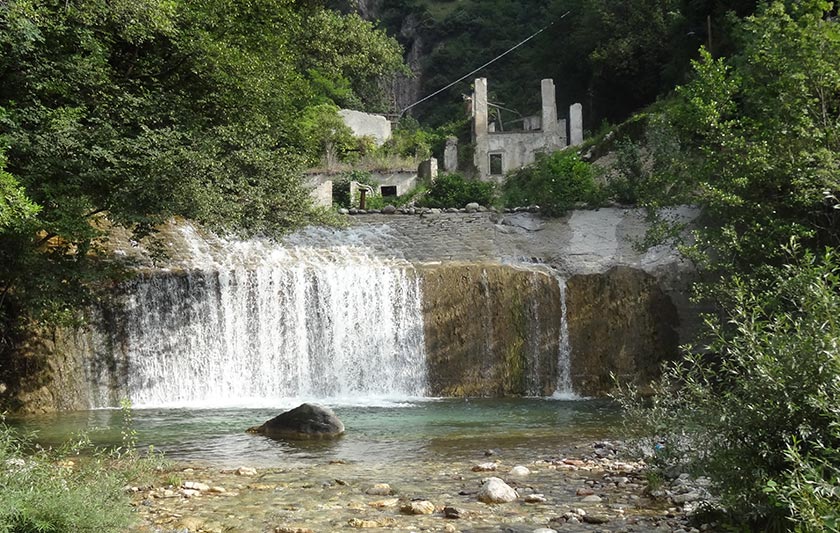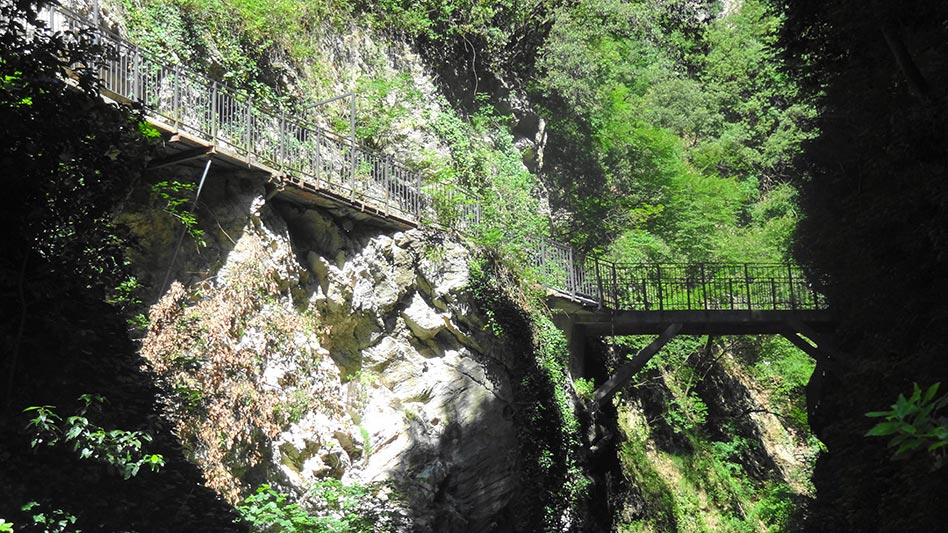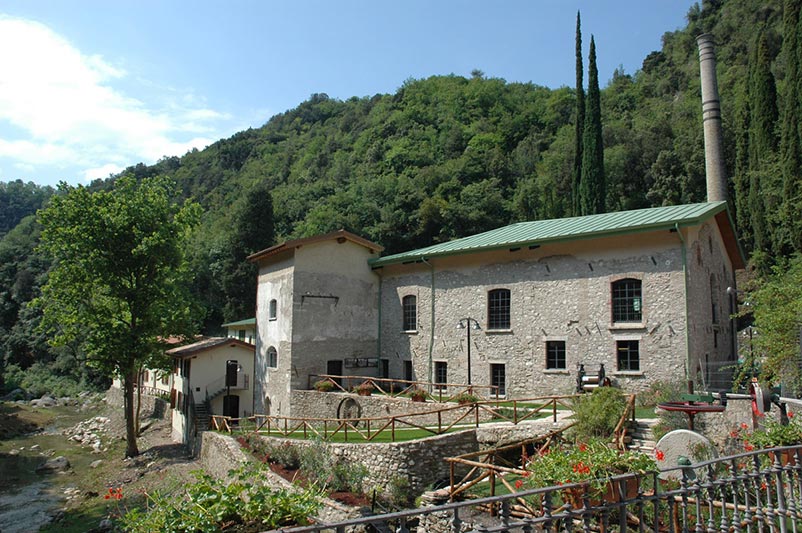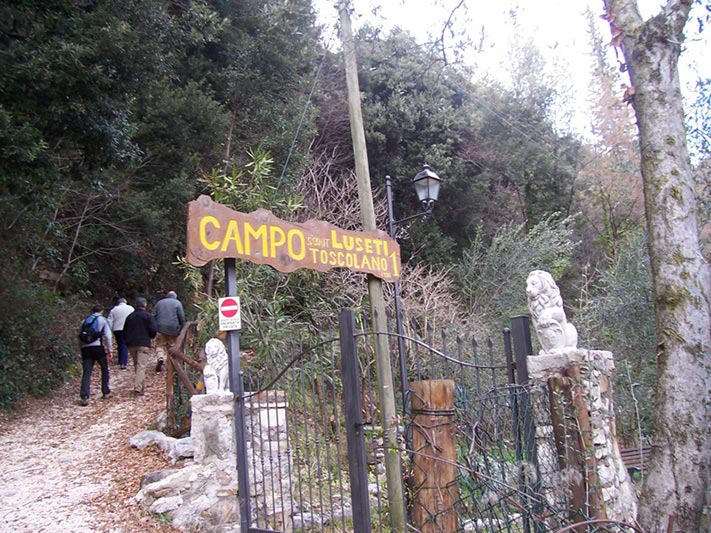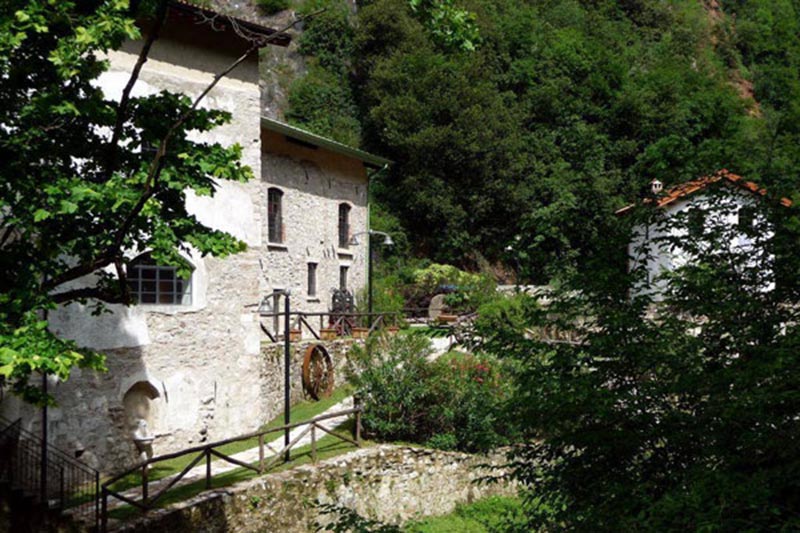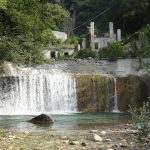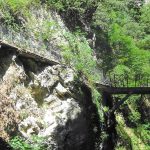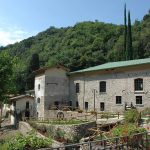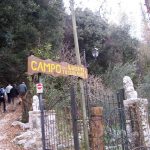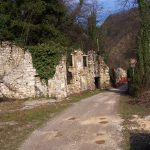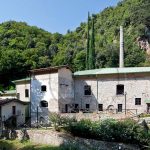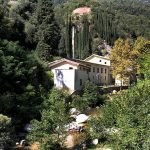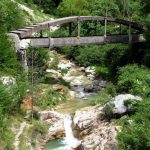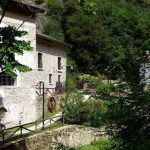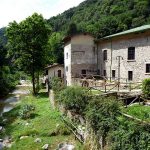Valley of the Paper of Toscolano
THE VALLEY OF THE PAPER MILLS OF TOSCOLANO
The Valley of the Paper Mills of Toscolano was a paper-making center of great importance since the fifteenth century.
The abundance of water from the river that flows through the valley Toscolano and the right climate, they made the place suitable for the construction of numerous paper mills, the first of which was already operating in 1381, and the launch of an ‘intensive production and commercial paper.
Even major printers moved from Venice on the shores of the lake to be closer to their best suppliers.
In the long run of business establishments have come and gone skilled paper makers such as Delay, the Veronese, the Hell, the Emmer, the Whites-Maffizzoli and Donzelli.
Ben 61 paper mills were joined to one another along the banks of the river, thus creating one of the largest and most important centers of Italy.
At the beginning of the twentieth century the business paper of the Valley begins its decline, because with the advent of new technologies, electricity replaced water as the driving force and consequently the paper production is transferred on the shores of the lake where the connections are easier and more comfortable and where he still continues.
In addition, other factors, such as strong competition and the collapse of the price of paper, lead to a gradual depopulation of the Valley and the permanent cessation of industrial activity linked to paper in the sixties.
The few remains of the old factories are scattered in different locations whose name is remembered only in old maps. Starting from the entrance to the Valley include: Garde, Quattroruote (whose name is derived from the number of wheels that the existing paper mill in the village had to move the hammers that trituravano rags), Lupo, Maina di sotto and Macale. Continuing further meet Maina di sopra, Vago, Caneto, Gatto, Luseti, Lume, Covoli and higher than the Valley of Shared.
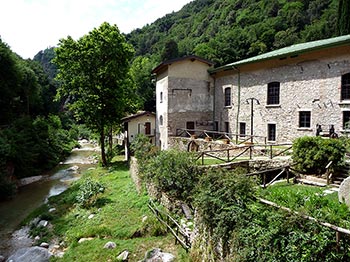 The current landscape of the Valley is very impressive and is characterized by thick vegetation, the remains of mills in the green and ravines, in some cases, very deep, carved by the flow of water from the river Toscolano that, for example, between the towns of Garde and Quattroruote, flows between two towering cliffs.
The current landscape of the Valley is very impressive and is characterized by thick vegetation, the remains of mills in the green and ravines, in some cases, very deep, carved by the flow of water from the river Toscolano that, for example, between the towns of Garde and Quattroruote, flows between two towering cliffs.
The remains of the factories, the traces of the pipes carrying the water needed to produce the road, sometimes carved into the rock, built by the entrepreneurs themselves papermakers, merge with the lush vegetation that, over time, has regained the spaces left Empty industry after the end of the paper production and the slow abandonment of the valley.
Today, the entire area of the Valley, which is part of the Natural Park of Lake Garda, is subject to large restoration and preservation in order to enhance this “open air museum“, one of the most representative in the panorama of Italian industrial archaeological heritage .
The Paper Museum
At the entrance of the Valley, Lower Maina, is the Centre of Excellence – Campus Pulp and Paper, a paper museum dedicated to the paper and printing industry.
The museum is housed in the renovated premises of the Valley of the last paper mill which ceased operations in 1962.
The center traces the history of papermaking, printing and the book, from medieval origins to the twentieth century, through the visit that part of the nucleus century, with the old machines for the manufacture of paper, hammers or pestles, the vats, tubs maceration and presses and continues in the spacious halls of the upper floors engaged drying of the sheets of paper.
The museum is also made a practical demonstration of how you realized a sheet of paper with the old system.
A bit ‘of history
Rags were initially the only raw material for the manufacture of paper, were shredded by means of pestles of wood called “sprites“, moved by hydraulic.
The sheets were obtained with the “tanks“, sieves separating the fibers of the mix water. In this case it was very important to the ability of person in charge in the ability to control the quantity of fibers to be retained with the amount of water to be expelled in order to obtain a uniformity of the sheet.
The drying of the sheets was before torchiandoli then stendendoli or outdoors or in special drying chambers. These were not that of the great halls arieggiabili, located on the upper floors of the paper mills, with huge wooden shutters with adjustable opening that pemettevano to get the right air flow, contributing to a gradual drying of the leaves.
In 1845 it was patented in the United States the use of wood for the production of pulp for paper.
Only towards the end of ‘the 800 local paper mills began to use materials other than cloth, as for example, hemp rope, pulp and wood pulp, the latter imported from abroad.
During the same period the paper mills are equipped with complete mechanical systems, as well as of the first plants to continuous processing that have contributed substantially to increase the ability of companies, already famous throughout the province for the excellent quality of the paper produced.
The mill Toscolano, still in operation, from ‘work currently about 370 employees.
